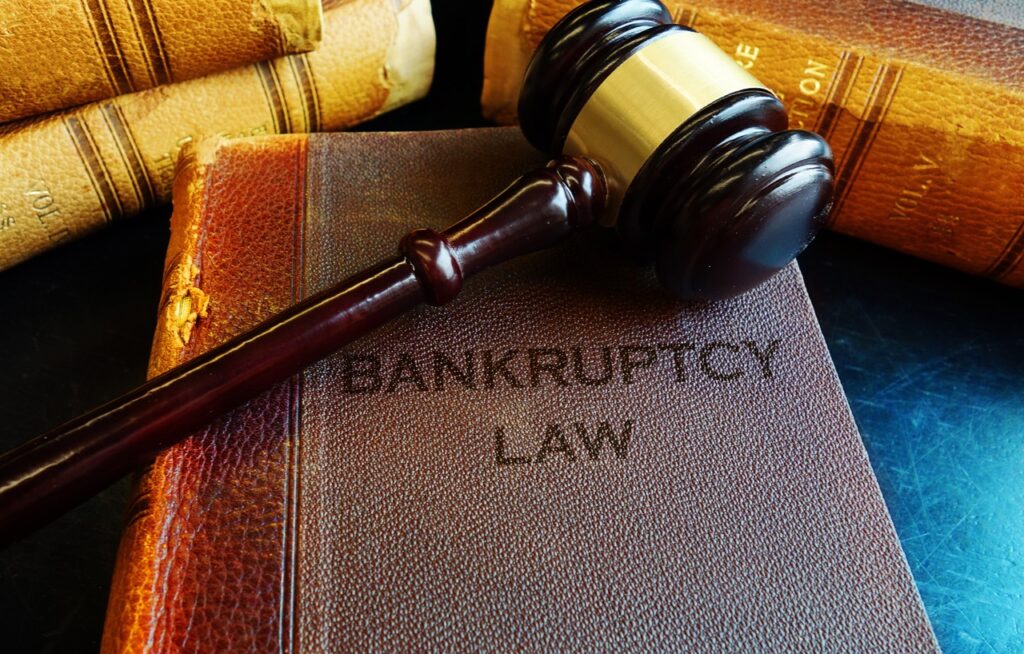Are you considering filing for bankruptcy? Whether you’ve been hit hard by the pandemic, lost your income, or are overwhelmed with debt from missed mortgage payments, filing for Chapter 13 Bankruptcy in Utah may be the option that can help relieve some of the financial pressure.
At Rulon T. Burton and Associates we understand how difficult a decision it is to seek out bankruptcy protection amidst trying times. Our team of bankruptcy experts is here to provide all the information you need about the Chapter 13 bankruptcy rules in Utah. This post will explore much of what there is to know about this type of bankruptcy so you can get an understanding of whether it’s right for your situation.
Overview of Chapter 13 Bankruptcy in Utah
Reorganize Your Debt Into a Repayment Plan
Chapter 13 bankruptcy is a process of reorganizing your debt and establishing a repayment plan that doesn’t drown you financially. In many cases it is possible to pay less in a Chapter 13 than in a Chapter 7.
Factors considered when calculating the repayment plan include:
- Income
- Assets
- Debts
In Utah, Chapter 13 bankruptcy allows individuals with regular income to come up with a repayment plan that spans 3-5 years. This approach allows filers to catch up on missed payments and pay off their debts through manageable monthly payments. Chapter 13 also has the added benefit of protecting co-signers from collection efforts and potential lawsuits. If you are considering filing for bankruptcy in Utah, Chapter 13 may be the right option for you.
What You Need to File for Chapter 13 in Utah
Regular Monthly Income and Debt Documentation
When it comes to filing for Chapter 13 cases, there are a few key requirements you need to meet. First, you must have a regular income to demonstrate your ability to make the required payments. You’ll also need to attend credit counseling and create a repayment plan that satisfies your debts. Additionally, you’ll need to provide documentation such as a list of creditors and your current income and expenses.
Bankruptcy packets can include many pages of paperwork. You need to go over these with a bankruptcy lawyer to ensure all your real estate, personal property, bankruptcy exemptions, debts, income, expenses, co-debtors, and leases/executory contracts are properly accounted for.
Documentation for Chapter 13 bankruptcy will also include recent financial transactions for the past two years, including income received, large payments made to creditors, lawsuits, leases, and more.
Required Documents and Information Needed for Filing Chapter 13 in Utah
Proof of Income, Proof of Assets, Proof of Debts, Names of Creditors
In order to file, you’ll need to provide detailed information about your income, expenses, assets, and debts. This includes things like pay stubs, tax returns, and bank statements, as well as information about any property you own, debts you owe, and the names of your creditors. While the process may seem daunting, remember that you don’t have to go through it alone. With the help of an experienced Chapter 13 bankruptcy attorney, you can make sure that you have all the documentation you need to successfully file for Chapter 13 bankruptcy in Utah.
Understanding the Eligibility Requirements for Filing Chapter 13 in Utah
Regular Income, Combined Secured and Unsecured Debt Less Than $2,750,000 (as of 2023)
To qualify for Chapter 13, debtors must:
- Have a regular income that is sufficient to meet their payment obligations
- Unsecured debts must not exceed $2,750,000 (as of 2023, will revert to lower amount)
- Secured debts must fall within prescribed limits
You’re also required to participate in a credit counseling class. It can typically be taken online, and only take one hour to complete. Credit counseling classes are required to be taken before filing for Chapter 13 bankruptcy.
The Benefits of Filing Chapter 13 Bankruptcy in Utah
Avoid Foreclosure, Pay Back-Taxes, Keep Your Vehicle, and More
There are many benefits to filing for Chapter 13 bankruptcy. One of the biggest advantages is that it allows individuals to keep their assets, such as their home or car, as long as they can make the necessary payments. Chapter 13 bankruptcy can also help debtors avoid lawsuits from creditors and can be converted to a Chapter 7 bankruptcy when advantageous.
Other benefits of filing Chapter 13 bankruptcy in Utah:
- Get caught up on past-due child support and/or alimony
- Resolve tax debts and IRS harassment
- Discharge a second mortgage
- Potential to pay less than you currently owe via the repayment plan
- Relieve the stress caused by overwhelming debt
What Happens After You File a Petition for Chapter 13 Bankruptcy in Utah
Filing Notification, 341 Hearing, and Repayments
Once you file a petition for Chapter 13 bankruptcy in Utah, you’ll receive a notice of bankruptcy case filing. This will list:
- Case number
- District information
- Date petition was filed
- Chapter 13 trustee information
After filing, you’ll have a 341 meeting of creditors. This will most likely be the only court hearing you have to attend, during which time the bankruptcy trustee will review your case and ensure all paperwork has been discussed and you understand the terms of your bankruptcy. In Utah these hearings are done by video conference.
Next, you’ll take the required financial management course(s).
The month after your bankruptcy is filed, you’ll start making bankruptcy payments. This will continue for the next 3-5 years. As long as you comply with the terms of your repayment plan, you will be able to retain your assets while paying off your debts over time. It’s important to note that filing for bankruptcy will have an impact on your credit score but the score rebounds quickly.
